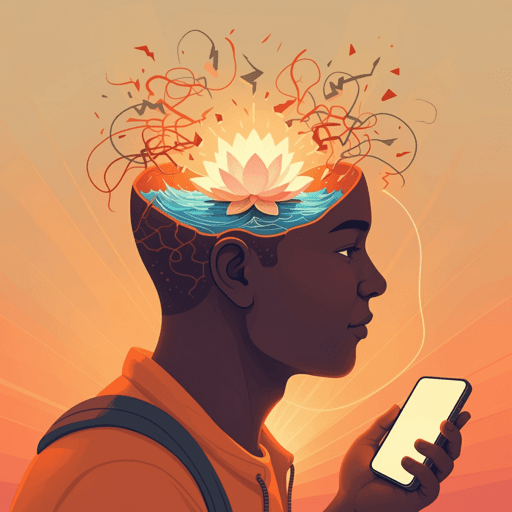
Medicine and Health
Effect of digital mindfulness on perceived stress and anxious emotion among college students
W. Xiong, X. Yu, et al.
Four weeks of short, guided mindfulness sessions delivered via social media significantly reduced perceived stress and anxiety and increased mindfulness in college students — research conducted by Weirui Xiong, Xia Yu, Lu Yu, and Fan Yang. Hear how 15–20 minute practices, 2–3 times weekly, produced measurable benefits in a randomized trial of 310 students.
~3 min • Beginner • English
Related Publications
Explore these studies to deepen your understanding of the subject.







